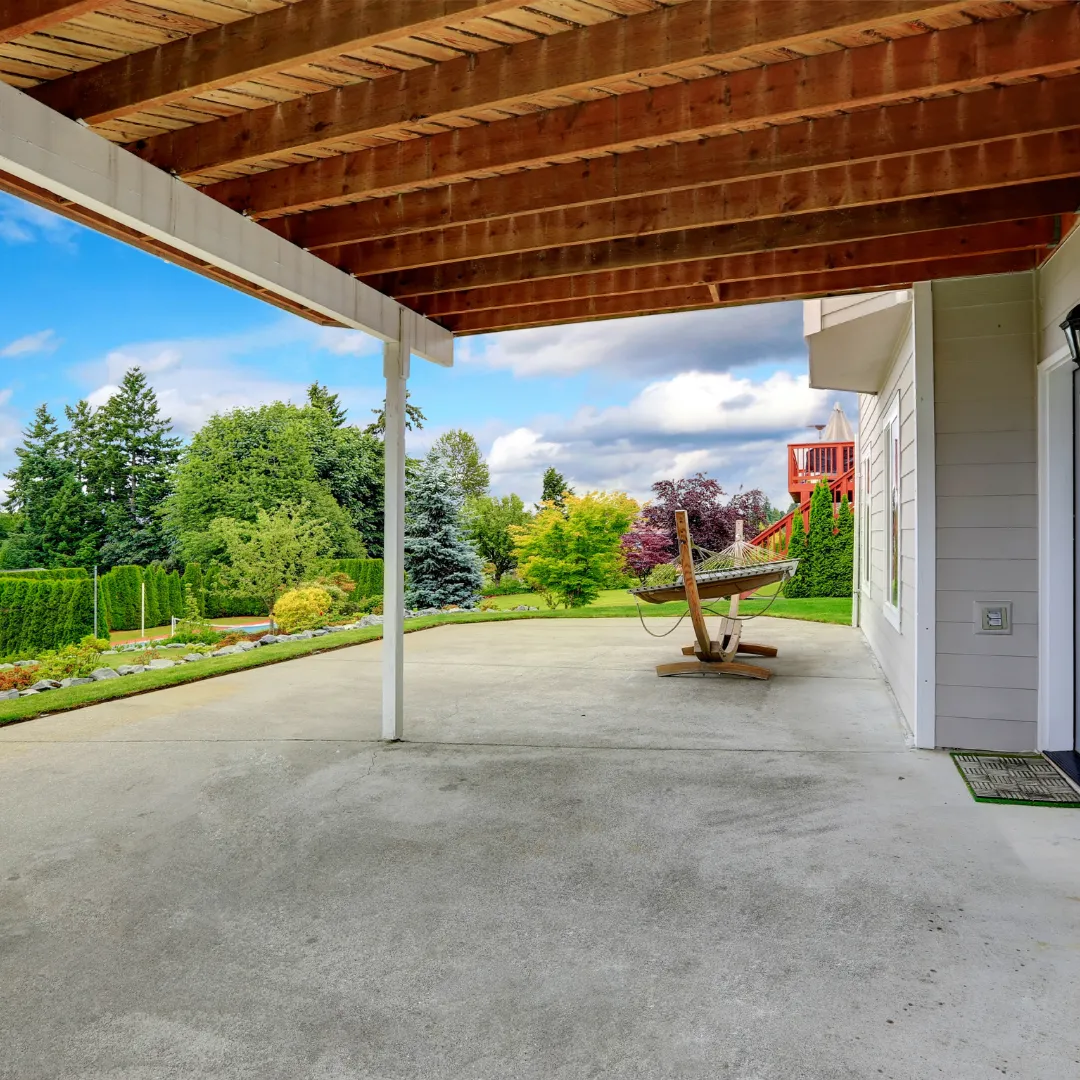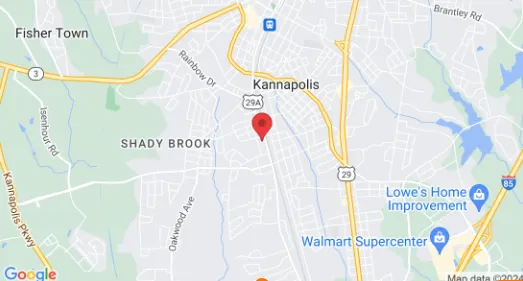Our Blogs

Protect Your Investment: DIY Concrete Floor Sealing Techniques
Concrete floors are a fantastic investment for any home. They’re durable, versatile, and add a sleek, modern touch to your space. However, to keep them looking their best and to protect them from wear and tear, sealing is essential. At Carpet Connection, we believe in empowering homeowners with the know-how to tackle DIY projects. So, let’s dive into the world of DIY concrete floor sealing!
Understanding Concrete Sealing
What is Concrete Sealing?
Concrete sealing involves applying a protective layer over the surface of your concrete floor. This layer helps to keep out water, stains, and other potential damage, ensuring your floor stays in top condition for years to come.
Types of Concrete Sealers
When it comes to sealing, not all products are created equal. Here are the main types of concrete sealers you’ll encounter:
Penetrating Sealers: These sealers soak into the concrete, creating a protective barrier within the surface. They’re great for outdoor concrete because they allow the material to breathe while protecting against moisture.
Film-Forming Sealers: These sit on top of the concrete, creating a glossy or matte finish. They include:
Acrylic Sealers: Easy to apply and reapply, perfect for DIYers.
Epoxy Sealers: Extremely durable, ideal for high-traffic areas.
Polyurethane Sealers: Great for both indoor and outdoor use, offering excellent resistance to chemicals and abrasion.
Choosing the Right Sealer
Your choice of sealer depends on several factors:
Location: Is the concrete indoors or outdoors?
Use: Is it a high-traffic area?
Desired Finish: Do you want a glossy, matte, or natural look?
Preparing for the Sealing Process
Gathering Materials and Tools
Before you start, make sure you have all the necessary materials and tools:
Concrete sealer (appropriate for your project)
Clean water and mild detergent
Concrete cleaner (if needed)
Crack filler or patching compound
Paint roller or sprayer
Protective gear (gloves, goggles, mask)
Broom and dustpan
Plastic sheeting or painter’s tape
Cleaning the Concrete Surface
A clean surface is crucial for effective sealing. Here’s how to do it:
Sweep the Floor: Remove all dust and debris.
Wash the Surface: Use clean water and a mild detergent to scrub the floor. For stubborn stains, use a concrete cleaner.
Rinse Thoroughly: Make sure no soap residue remains.
Let It Dry: The concrete must be completely dry before sealing.
Repairing Cracks and Imperfections
Inspect your floor for cracks or other damage. Fill any cracks with a concrete patching compound and smooth it out with a putty knife. Let the repairs dry according to the manufacturer’s instructions.
DIY Concrete Sealing Techniques
Step-by-Step Guide to Applying Penetrating Sealers
Prepare the Sealer: Follow the manufacturer’s instructions for mixing or shaking the sealer.
Apply the Sealer: Use a roller or sprayer to apply the sealer evenly across the surface. Work in small sections to ensure even coverage.
Allow to Penetrate: Let the sealer soak into the concrete as directed, usually about 30 minutes.
Wipe Away Excess: Remove any excess sealer with a clean cloth to prevent a sticky residue.
Drying Time: Allow the sealer to dry completely, typically 24-48 hours.
Step-by-Step Guide to Applying Film-Forming Sealers
Mix the Sealer: Ensure the sealer is thoroughly mixed.
Apply the First Coat: Use a paint roller or sprayer to apply an even coat. Avoid puddling or pooling.
Let It Dry: Follow the manufacturer’s instructions for drying time, usually 4-6 hours.
Apply Additional Coats: For best results, apply 2-3 coats, allowing each to dry thoroughly.
Final Drying: Let the final coat dry for at least 24 hours before using the floor.
Maintenance Tips for Sealed Concrete Floors
Regular Cleaning and Upkeep
Keep your sealed concrete floors looking great with regular cleaning:
Sweep or Vacuum: Remove dirt and debris regularly.
Mop with Mild Detergent: Use a soft mop and a mild detergent solution for deeper cleaning. Avoid harsh chemicals.
Reapplying Sealer
Over time, your sealer will wear down. Here’s how to know when it’s time to reapply:
Water Test: Sprinkle water on the surface. If it soaks in quickly, it’s time to reseal.
Visual Inspection: Look for dullness or wear in high-traffic areas.
Preventing Damage
Protect your sealed floors with these tips:
Use Mats and Rugs: Place them at entrances to reduce dirt and grit.
Address Spills Quickly: Clean up any spills immediately to prevent staining.
Avoid Sharp Objects: Use furniture pads to prevent scratches.
Troubleshooting Common Issues
Blistering or Bubbling Sealer
Blistering can occur if the sealer is applied too thickly or if the surface wasn’t properly prepared. To fix it:
Remove the Bubbles: Lightly sand the affected area.
Reapply the Sealer: Apply a thin, even coat.
Uneven Finish or Streaks
Uneven application can result in a streaky finish. Here’s what to do:
Lightly Sand: Use fine-grit sandpaper to smooth out streaks.
Reapply a Thin Coat: Apply another thin, even coat of sealer.
Sealer Peeling or Flaking
Peeling often happens if the surface wasn’t clean or dry before application. To remedy:
Remove Flaking Sealer: Scrape away the peeling areas.
Clean and Dry: Thoroughly clean and dry the surface.
Reapply the Sealer: Apply the sealer as directed.
Conclusion
Sealing your concrete floors is a rewarding DIY project that protects your investment and enhances the look of your home. By following these steps and tips, you can achieve professional results without the professional price tag. Remember, regular maintenance and timely resealing will keep your floors looking their best for years to come.
1216 S Main Street, Kannapolis, NC 28081
(704) 932- 1929
Hours of Operation
Monday to Friday 8:00 AM - 5:00 PM
Saturday 9:00 AM- 3:00 PM
Sunday : Closed

Email: [email protected]
Phone: (704) 932- 1929
@ Copyright 2025 - Carpet Connection | All rights reserved
Services
Services
RESOURCES
RESOURCES
@ Copyright 2025 - Carpet Connection | All rights reserved

